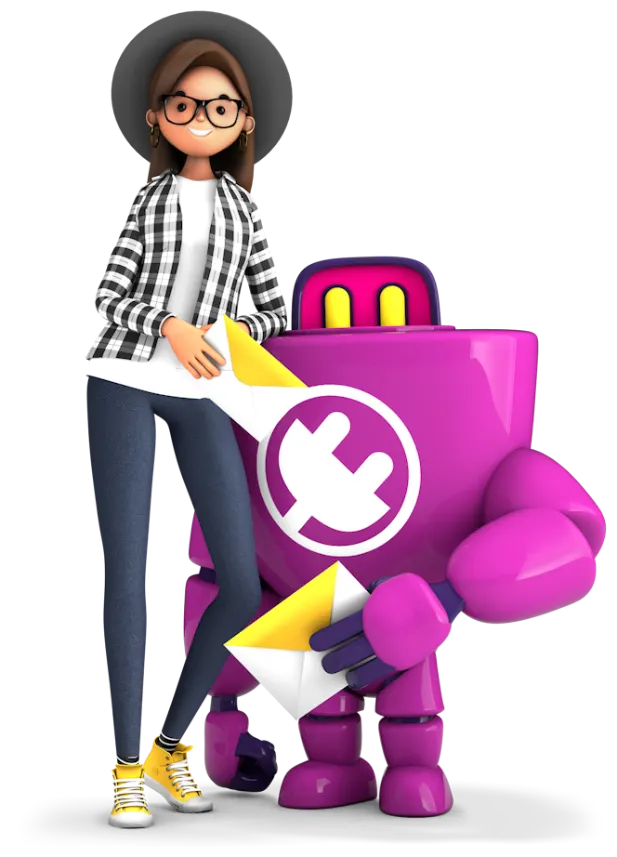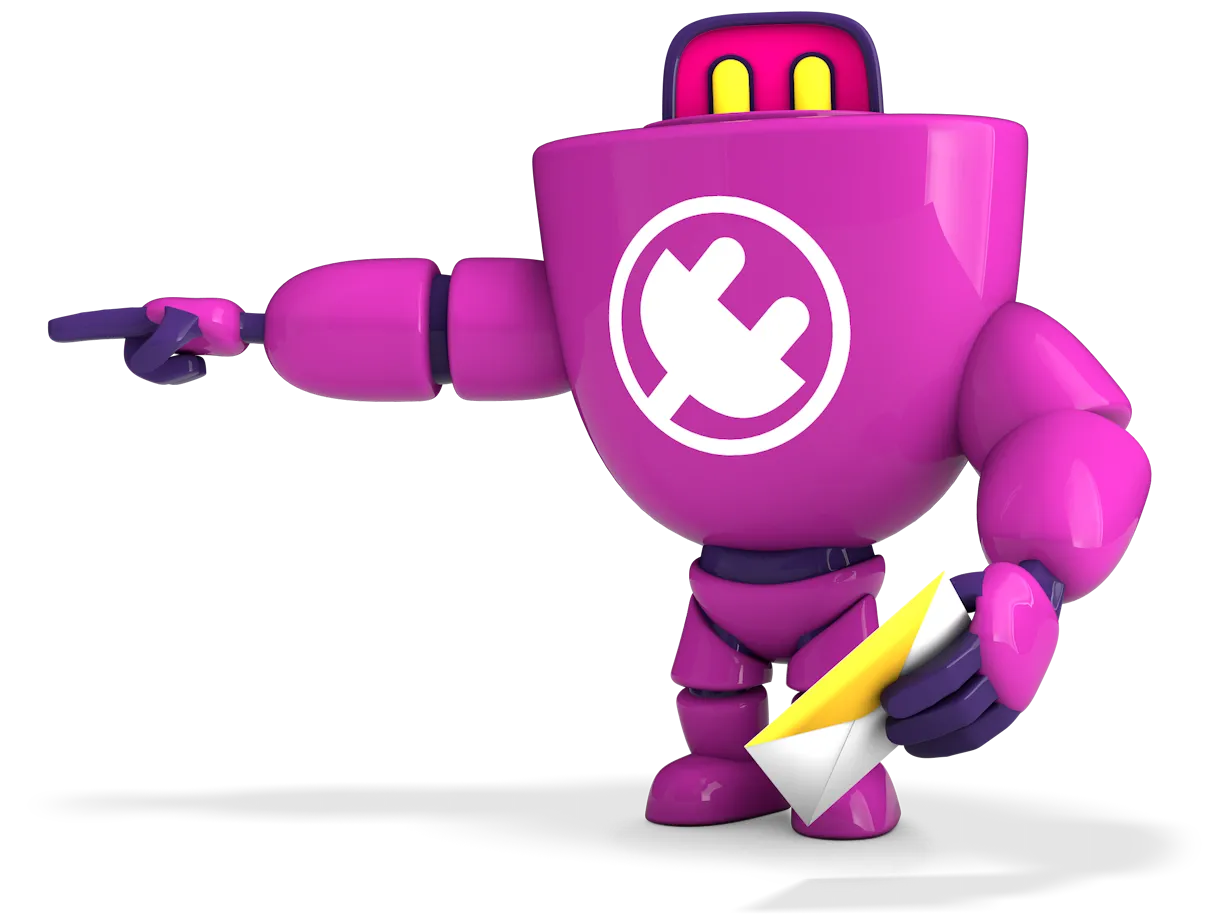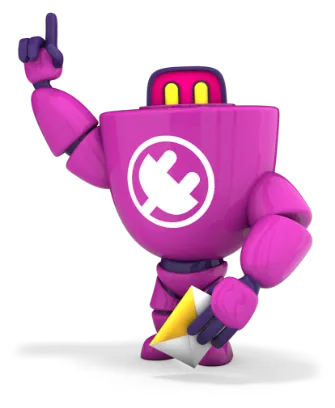15 January, 2018
MVP thinking to help you get your product to market
Table of Contents
If you’re not familiar with what a minimum viable product (MVP) is, read on to see how this fundamental principle in agile product development will help you build a product that you can use to reduce your risk of building something no one wants, by validating some of your assumptions and testing your hypotheses about your end user.
Coming from the Agile project management methodology (look out for our article Agile 101 soon) the MVP approach is designed to enable you to move quickly (and with ‘agility’) towards your specific product goals. The essence being that rather than taking a long time to build a fully featured product, you make a unique smaller version of a product that can stand on its own feet but can also be built upon if it proves to be the right thing for your customers.
When you make an MVP you’re using a development technique that means your product will only have enough features to satisfy initial/early users. You then specifically look for feedback from these initial users before the final features and extra options are moved through to design and development stage for inclusion in the product.
MVP concept was created by Eric Ries and he describes it as a “version of a new product which allows a team to collect the maximum amount of validated learning about customers with the least effort.”. As you probably realise, the important part of this is that customers can actually see and use the product so that feedback can be provided by them.
So, if you make wedding cakes, you might bake a series of cupcakes first for taste and colouring feedback from brides to be. A cupcake give you all the necessary elements to fully enjoy the experience of eating cake but without building the full multi-tier extravaganza. But you wouldn’t just make some icing and expect your customers to be able to tell what your cakes taste like, it would be an incomplete experience.
If you want to make electric cars, you wouldn’t start with trying to sell wheels with electric motors contained within them, but you might try and sell an electric scooter or a small single seater vehicle that is quicker and easier for you to get to market. In fact, with Elon Musks
Remember this key element, you still need to have a usable product of quality that delights your customer. If it’s not truly usable, it’s a prototype not an MVP. From here you use youru MVP to:
- Validate your product assumptions
- Reduce risk of taking the wrong product pathway
- Test your defined hypotheses about your end users and market
Let’s break it down a bit further.
What is Minimal?
In essence, it’s the smallest amount of work needed to test your hypotheses or solve a user problem. As someone responsible for managing the product you’ll need to be very careful not to allow “feature creep” and avoid adding all sorts of unnecessary things that aren’t needed in this first version. You have to be willing and able to cut everything that isn’t absolutely essential even in the face of potential customers or clients pressuring you for extras or everything all at once. So establish the minimum set of features that you want your product to have and define as clearly as possible the assumptions and hypothesis you have about your product and customers, so that you can make assessments of their validity (or lack of) once you have completed your MVP and got users in place.
What is Viable?
Does the product you have made actually solve a problem? This doesn’t mean you need to only solve problems that no one else has solved but have you made something that solves a problem that exists. For instance at the Hoxton Mix we built our Receivr telephone answering service based on the knowledge that some people need someone else to answer their business telephone.There are plenty of services out there that already do this but we built ours with our specific customers in mind.
Next, if it solves a problem and you’ve built the basic solution, does it stand on it’s own feet under repeated use? If your MVP only lasts a short while before repeated manual intervention it’s not really viable. If your MVP has a UI that the average user can’t actually figure out, it’s not really an MVP or if your solution to the problem is significantly worse than existing solutions that customers are already using, it’s not really viable. And if your product fails when multiple users are using it you might still be in prototype phase rather than having a genuine MVP.
What is Product?
Finally, your MVP must actually be something that solves a problem in an area that has enough end users (a market) where it has a chance of making money.
If you make something that nobody wants to pay for, it can’t be classed as a product as there needs to be a value exchange, they give you money you give them a solution to their problem.
If you do have this but only a small number of people willing to use the product it might be simply a lack of market need and you may well have built something really well but just not needed enough. Don’t be discouraged by this, this is part of your hypothesis and validation testing. By going this route you’ve spent only the minimum resources and time on your product and now you know not to pursue a path that will waste the precious resources you have. Conversely, you might have just built the next world beater and you’ve discovered the market is larger than you thought!
What products are you working on and how will you use MVP thinking to help you validate your ideas and move ahead?
Hand-picked related articles
Virtual Office Plans
Prime London business address with 10 Minute Setup + NO Postage Fees!
Not a Virtual Office customer? Why not sign-up today.
from 49p per day + VAT
Virtual Office London
Get a Prime London business address
10 Minute Setup + NO Postage Fees!

Our meeting rooms are located at our Paul Street office,
and it’s just a few minutes walk from Old Street tube station…
Our Address
3rd Floor, 86-90 Paul Street,London,EC2A 4NEDirections
Opening hours
Monday - Friday 9am - 18.00pm







